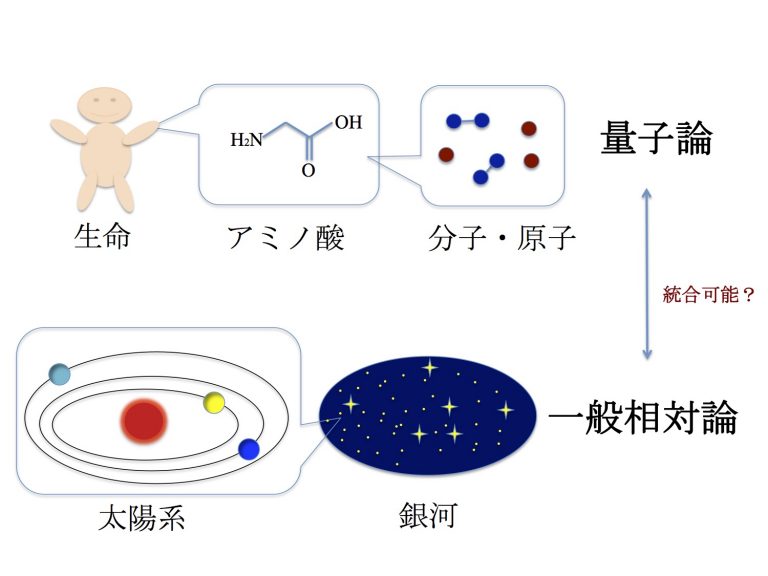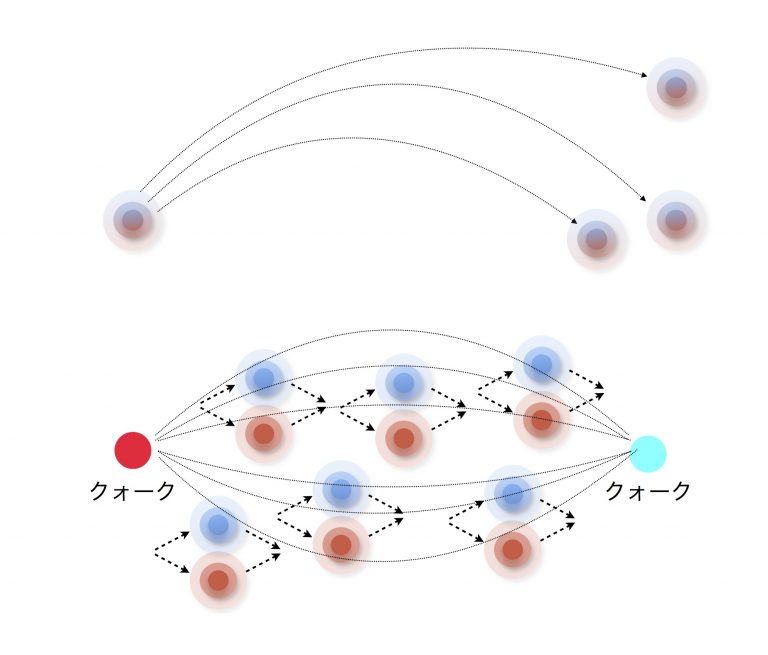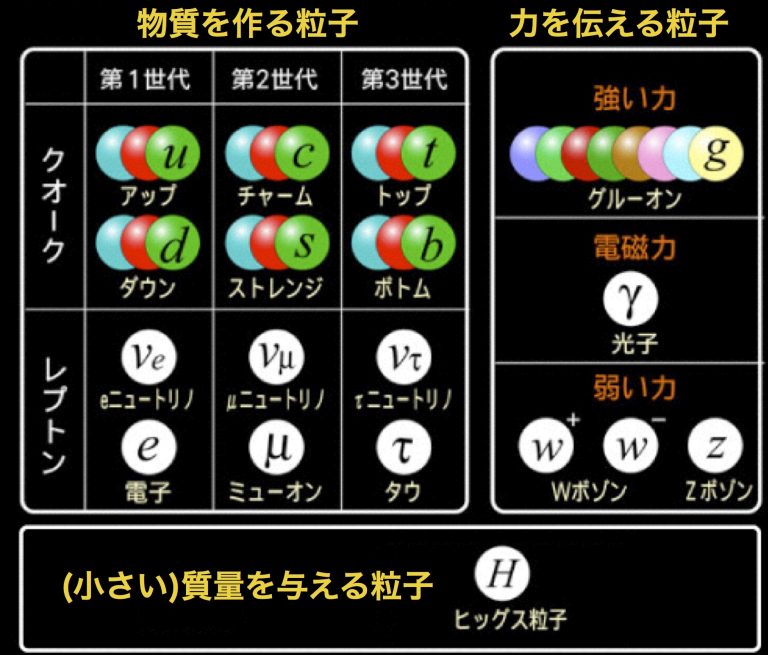ABOUT US
TThe most fundamental objects in nature, known as "elementary particles," are described by a framework called "quantum field theory." Quantum theory explains microscopic phenomena, where the positions and velocities of particles are generally uncertain. In quantum field theory, even the existence of particles is uncertain—they can emerge from the vacuum and vanish just as easily. In our lab, we explore methods of analyzing quantum field theory and apply them to real-world phenomena to gain a deeper understanding of nature. Specifically, we aim to understand "quark confinement" and "mass gap generation," which lead to the formation of protons and neutrons, using both mathematical and computational approaches.
MESSAGE
All phenomena follow certain natural laws. Everything is made up of atoms and subatomic entities called elementary particles, whose behavior is governed by the law known as quantum theory. On the other hand, the behavior of stars and planets in space is dictated by the law of general relativity [Fig.1, 2]. Physicists believe these two laws are actually different aspects of a single, unified law, referred to as the "Theory of Everything." This theory could potentially describe all phenomena in nature. One goal of physics is to discover the universal law or equation underlying these phenomena. Another goal is to understand how this complex world arises from such a universal law. To pursue these aims, we study elementary particles [Fig.3] and quantum field theory.



NEWS & TOPICS
- Prof. Misumi gave an invited seminar talk at Wuppertal University, "Rethinking lattice fermion formulations & Twisted large-N theories." (2025.10.20)
- Prof. Misumi gave an invited seminar talk at Mainz University, "Rethinking lattice fermion formulations & Twisted large-N theories." (2025.10.16)
- Yudai Hamada gave a talk in PPP2025. (2025.9.3)
- Yudai Hamada gave a talk in Strings and Fields 2025. (2025.7.29)
- The co-authored paper by Yudai Hamada and Prof. Misumi "ZN stability and continuity in twisted Eguchi-Kawai model with two-flavor adjoint fermions" has been posted in arXiv(2025.7.29). It has been published in "Physical Review D" (2025.11.7).
- Prof. Misumi wrote an article in Mathematical Science 08(2025). (2025.7.20)
- Assoc. Prof. Misumi's textbook, Physics, has been published.(2025.6.3)
- Yudai Hamada gave a talk in the JSP meeting. (2025.3.18)
- Assoc. Prof. Misumi gave an invited talk in Progress in quantum systems by complexification in Saga University.(2024.12.25)
- Assoc. Prof. Misumi gave an invited seminar talk in Quantum physics and Nanoscience 399th seminarr at Institute of Science Tokyo. (2024.11.6)
- Assoc. Prof. Misumi gave a talk in Physics of Intelligence and Machine Learning 2024. (2024.10.16)
- Assoc. Prof. Misumi gave an invited talk in the annual JPS meeting 2024. (2024.9.18)
- Jun Yumoto earned his Ph.D. in Science.(2024.3.22)
- Assoc. Prof. Misumi gave an invited seminar talk at SISSA, More on resurgence in quantum theory. (2024.3.13)
- Assoc. Prof. Misumi gave an invited plenary talk in the workshop at KEK, KEK Theory Workshop 2023. (2023.11.29)
- The co-authored paper by Jun Yumoto and Prof. Misumi "Equivalence of lattice operators and graph matrices" has been posted in arXiv(2023.11.19). It is published in "Progress of Theoretical and Experimental Physics"(2024.1.19).
- Assoc. Prof. Misumi gave an invited talk in the workshop at TIT, Supersymmetry, Soliton and Resurgence. (2023.8.5)
- Assoc. Prof. Misumi's textbook, Quantum mechanics, has been published.(2023.4.25)
- Assoc. Prof. Misumi gave an invited talk in the workshop at OIST, Invitation to Recursion, Resurgence and Combinatorics. (2023.4.13)
- Jun Yumoto gave an invited talk in the workshop at Mainz University, Novel Lattice Fermions and their Suitability for High-Performance Computing and Perturbation Theory. (2023.3.7)
- Assoc. Prof. Misumi gave an invited talk in the workshop at Mainz University, Novel Lattice Fermions and their Suitability for High-Performance Computing and Perturbation Theory. (2023.3.6)
- The co-authored paper by Jun Yumoto and Prof. Misumi "New conjecture on species doubling of lattice fermions" has been posted in arXiv(2023.1.25). It has been published in "Progress of Theoretical and Experimental Physics" (2023.8.26).
- Assoc. Prof. Misumi gave an invited talk in the workshop at Cambridge University, Applicable resurgent asymptotics: Summary meeting(AR2W03). (2022.12.16)
- Assoc. Prof. Misumi gave an invited seminar at Osaka University, "Lattice fermions as spectral graphs -Toward a new theorem-". (2022.10.11)
- Assoc. Prof. Misumi gave a lecture "Introduction to Resurgence theory" at Ibaraki University. (2022.8.31)
- Jun Yumoto gave a talk in YITP-RIKEN-iTHEMS workshop at YITP of Kyoto University, Lattice QFT and continuum QFT. (2022.7.20)
- Assoc. Prof. Misumi gave an invited talk in YITP-RIKEN-iTHEMS workshop at YITP of Kyoto University, Lattice QFT and continuum QFT. (2022.7.19)
- Assoc. Prof. Misumi gave a seminar talk at Kyoto University, "Resurgence structure in large-N sigma models". (2022.7.15)
- The co-authored paper by Jun Yumoto and Prof. Misumi "Lattice fermions as spectral graphs" has been published in Journal of High Energy Physics. (2022.2.14)
- Assoc. Prof. Misumi's co-authored paper "Quantum phase transition and resurgence: Lessons from three-dimensional N=4 supersymmetric quantum electrodynamics" was selected as PTEP Editor's suggestion and JPS Hot Topics.(2021.11.25)
- Assoc. Prof. Misumi gave an invited talk in the international workshop at RIMS of Kyoto University, RIMS online workshop "Exact WKB Analysis, Microlocal Analysis, Painlevé Equations and Related Topic". (2021.10.12)
- Assoc. Prof. Misumi gave an invited talk in the workshop at Yukawa Institute of Kyoto University,Quantum chiral anomaly in periodically driven systems.(2021.08.03)
- Assoc. Prof. Misumi gave an invited talk in the international workshop at INI of Cambridge University, Applicable resurgent asymptotics: Summary meeting.(2021.06.17)
- Assoc. Prof. Misumi gave an invited talk at CORE-U of Hiroshima University, Study on non-perturbative physics by resurgence theory.(2021.05.16)
- Assoc. Prof. Misumi organized the international workshop at INI of Cambridge University, Applicable resurgent asymptotics: towards a universal theory. (2021.04.01)
- Assoc. Prof. Tatsuhiro Misumi arrived at his new post at Kindai University. (2021.04.01)
Lab. PI
Associate Professor Tatsuhiro Misumi
Bachelor at The University of Tokyo.PhD at Kyoto University.PD at BNL. Assistant Prof. at Keio University. Junior Associate Prof. at Akita University. Associate Professor at Kindai University since 2021.
Details are found below.
Researchmap
Introduction of academic staff
Google scholar
iNSPIRES
